Aquatic weed control
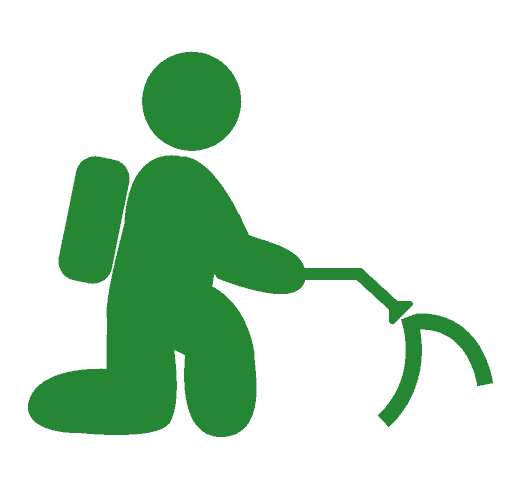
DIY Control
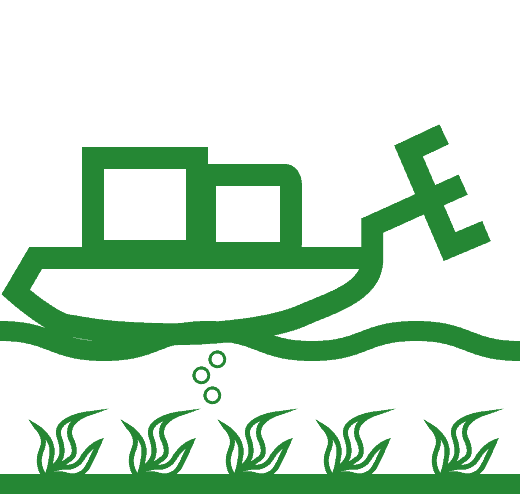
Amphibious Harvesting Service
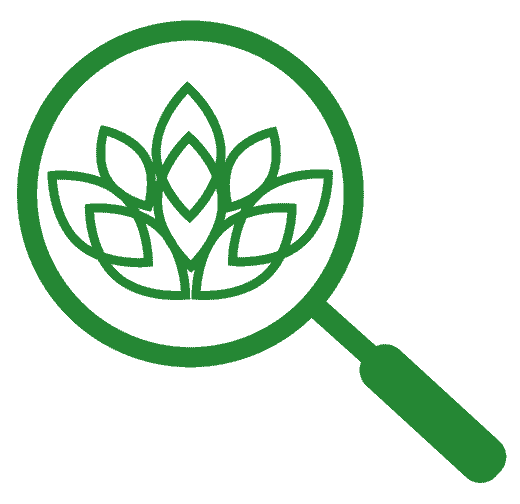
Aquatic Plant Identification
Classify Your Weed Type
Floating Aquatic Weeds
Free Floating Weeds
Free-floating aquatic weeds have roots that are not attached to substrate that float on the water’s surface and are usually very small. They can appear anywhere across the surface of the waterbody, and in some instances, will completely cover the entire surface.
Floating Attached Weeds
Rooted-floating plants have underground stems (rhizomes) from which new plants can sprout and are commonly attached to the substrate, lakebed or floor of the water body. They are generally found in the shallower water around edges. Their stems, leaves or flowers may or may not protrude above the water’s surface.
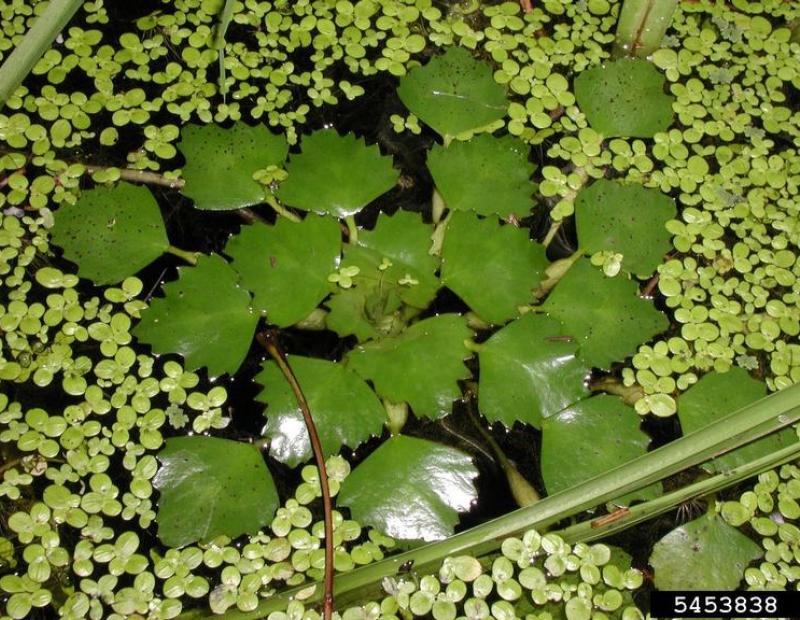
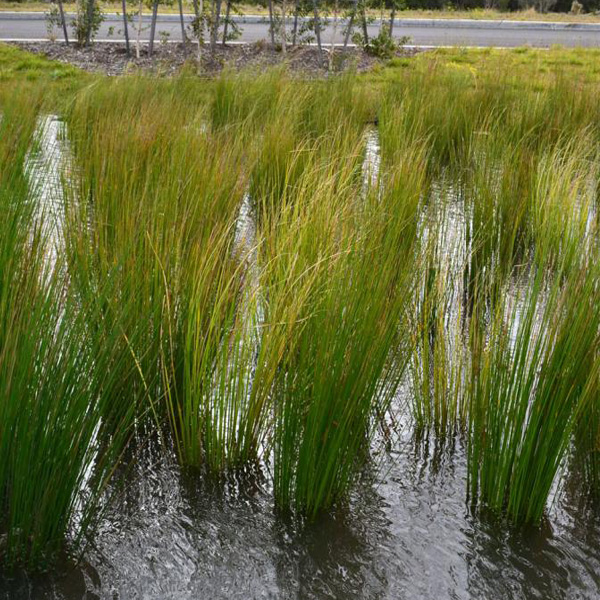
Emergent Aquatic Weeds
Emergent aquatic weeds have stems and leaves protruding above the water’s surface. These aquatic water weeds have roots anchored to the substrate, lakebed or floor of the water body and are most commonly found in shallower waters around the edges. This group includes grass-like and broad-leaved plants. Emergent plants most closely resemble land plants.
Submergent Aquatic Weeds
Submerged aquatic weeds grow below the water’s surface, whether attached to substrate or not. Submerged plants have a tendency to protrude the water’s surface during different times of the year, often confusing them with emergent aquatic plants. A key difference is in the water depth and positioning of growth. Submerged aquatic plants have a tendency to grow in deeper waters, away from the edge.
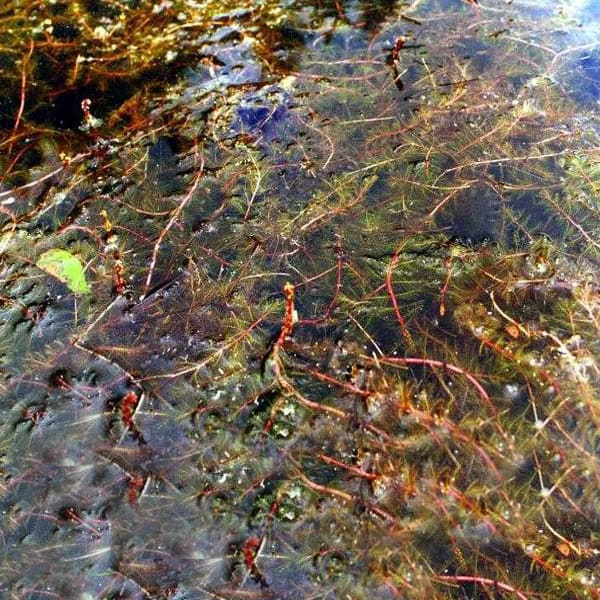
Aquatic Weed Harvesting
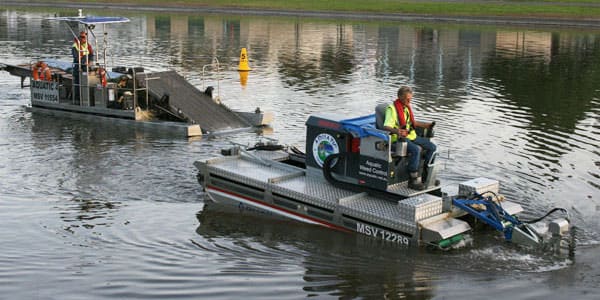
Manage your waterways with the help of our experts.
World class aquatic vegetation removal and harvesting services led by our experts. Our dedicated team tackles aquatic weed problems both big and small, with state of the art techniques that work and weed removal tools designed to give lasting effects.

